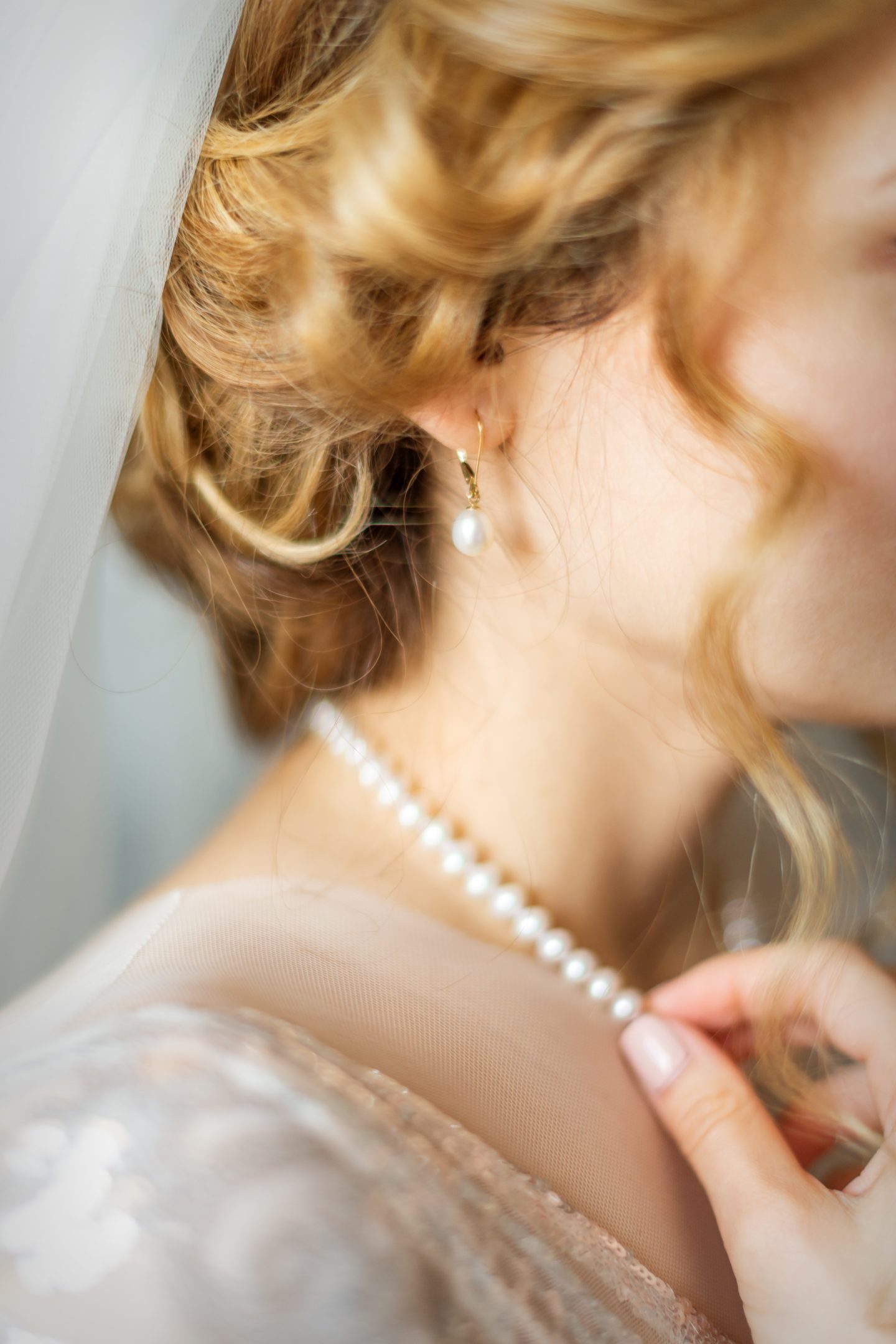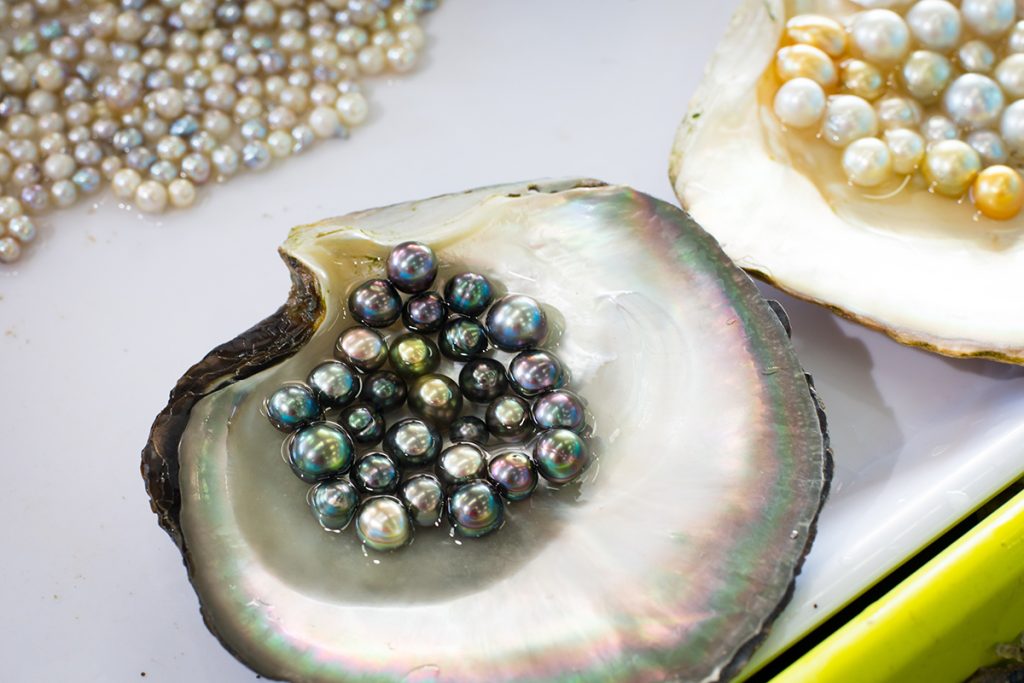
Pearls have always been a timeless favorite in the world of jewelry, adored by everyone from royalty to Hollywood icons like Audrey Hepburn. Whether you prefer a minimalist style or something more elaborate, pearls offer unmatched versatility, allowing you to elevate any outfit with ease.
How Pearls Are Created
Pearls are celebrated for their unique shape, radiant luster, and smooth texture, exuding an air of elegance that is both sophisticated and approachable.
Pearls form when an irritant, such as a grain of sand, makes its way into a mollusk’s shell in freshwater or saltwater environments. In response, the mollusk secretes layers of nacre, a protein that eventually forms the pearl we admire today.
Natural Pearls vs. Cultured Pearls
Natural pearls occur entirely on their own, making them more rare and valuable than cultured pearls. Cultured pearls, on the other hand, are created when technicians intentionally introduce an irritant to encourage nacre production. While cultured pearls are more common and affordable, they are just as stunning as their natural counterparts, and the majority of pearls available today are cultured.

Types of Pearls
There’s a pearl to suit every style preference, whether you’re drawn to something subtle or bold.
- Freshwater Pearls: These pearls are typically smaller than their saltwater counterparts and come in an array of colors, including light pink, white, and cream. Their delicate size and color make them ideal for dainty jewelry like rings.
- Akoya Pearls: Originating in Japan in the 1920s, Akoya pearls are cultivated in the world’s smallest saltwater oyster. Known for their perfectly round shape, iridescent glow, and white hue, they are perfect for classic earrings or necklaces.
- South Sea Pearls: Among the rarest of cultured pearls, South Sea pearls are formed in the white-lipped Pinctada maxima oyster. These large, smooth pearls with a high luster are best suited for statement pieces like stud earrings or pendants.
- Tahitian Pearls: Cultivated in black-lipped oysters, Tahitian pearls are famous for their dark, mysterious appearance. Though often described as black, they actually range in color from dark gray to black, with captivating green or purple undertones, making them perfect for bold jewelry pieces like necklaces or bracelets.
How to Select the Perfect Pearl
With so many pearl varieties available, finding the perfect one to match your personal style is easier than ever. However, there are a few factors to consider to ensure you choose a piece you’ll cherish for years to come.
- Size: Pearl sizes vary depending on the type. Freshwater pearls range from 5mm to 13mm, Akoya pearls from 2mm to 10mm, Tahitian pearls from 8mm to 20mm, and South Sea pearls from 3mm to 9.5mm.
- Shape: Round pearls are the most coveted and valuable due to their ideal spherical shape. Semi-round pearls, though slightly imperfect, often appear round to the naked eye and are more affordable. Drop pearls, resembling teardrops, can be highly valuable if flawless. Baroque pearls, with their irregular shapes, offer a more affordable and distinctive option.
- Color: Pearls are available in a wide spectrum of colors, including white, ivory, gray, champagne, purple, black, pink, green, chocolate, lavender, and blue. Naturally occurring blue pearls are the rarest of them all.
A Pearl for Everyone
Although pearls are traditionally associated with June birthdays, their timeless appeal makes them perfect for anyone who appreciates eye-catching, elegant jewelry. From the classic beauty of white pearls to the bold allure of black pearls, there’s a pearl out there for everyone. When you’re ready to discover how a stunning pearl piece from Oceanside Jewelers can elevate your wardrobe, we invite you to visit our location in Carlsbad for our pearl collection.
